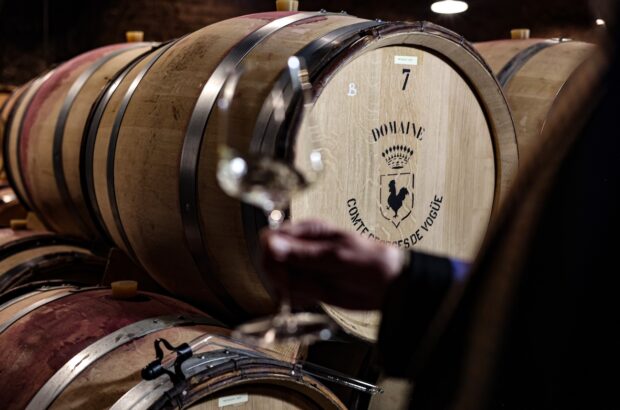Over the last month, the world has changed in ways that will take us some time to understand and absorb.
Photo: Blayais nuclear power plant
In my first column, written after the earthquake in Christchurch, New Zealand, I mentioned that wine creation in Japan, too, was vulnerable to seismic shocks. Nature swiftly delivered the tragic proof of that. (There are at least three major wineries in the Tōhoku region closest to the earthquake’s marine epicentre.)
The subsequent crisis at the Fukushima nuclear power station, moreover, has intensified the natural disaster – in ways that have caused intense debate over the past week in France.
A few months ago, I remember being mildly amused to discover that, from the 2011 harvest, the wines formerly known as Coteaux du Tricastin will wear a new appellation: Grignan-les-Adhémar.
Why, I wondered, change a just-about-pronounceable name for one that would leave non-French consumers spluttering? It seemed a typical piece of French foot-shooting for what was already an obscure appellation.
A little research, though, revealed the motive. To French ears, according to appellation president Henri Bour, ‘Tricastin’ meant ‘nuclear power station’.
Tricastin, on the Donzère-Mondragon canal midway between Valence and Avignon, is in fact France’s second biggest nuclear site, with four reactors as well as a plant for enriching uranium.
There were two very minor earthquakes recorded there in 2002 and 2003, but its more serious problems have been due to human error, especially the leakage of 75 kg of uranium in solution into local rivers in the summer of 2008. You can understand the Tricastin growers’ concerns.
France is peppered with nuclear power plants, and is a world leader in the civil nuclear technology which is about to be intensely debated and questioned.
The country has 58 reactors; some 79% of its electricity comes from nuclear sources. The Sarkozy government is pressing ahead with further new reactors. After last week, it’s also pressing ahead with an emergency inspection programme.
The Tricastin wine growers aren’t the only ones to worry. The Chinon nuclear power plant has four reactors, cooled by water from the Loire; while Bugey in Savoie, another wine growing region, has a further four reactors on the Upper Rhône.
Most significant of all, though, from a wine perspective is the Blayais nuclear power plant: four reactors drawing their cooling water from the Gironde.
It lies directly across the Gironde from Château Meyney in St Estèphe and, amazingly enough, is around 10 km from the vineyards of Latour, Lafite and Mouton.
It’s already been in trouble once, when the second December 1999 hurricane and storm surge (the ‘Tempête Martin’) forced a shut-down due to water damage.
The tsunami risk here, of course, is much lower than in Japan, but it’s not zero. The Atlantic can suffer earthquakes, as the tsunami which hit Lisbon (from an undersea ridge called the Gorringe Bank) proved in 1755.
A radiation-contaminated Médoc, deserted and out of use for decades? Until Blayais is decommissioned, that bizarre scenario remains a possibility.
Written by Andrew Jefford







